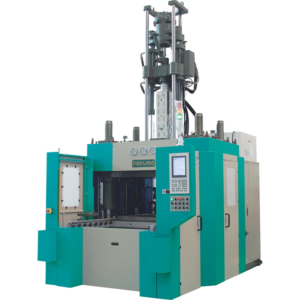At Dekuma, we understand that hydraulic system issues in rubber injection molding machines can disrupt production and affect product quality. Our commitment is to equip our clients with the knowledge and tools necessary to troubleshoot these problems effectively. By addressing hydraulic system issues promptly, businesses can ensure their injection molding equipment operates smoothly and efficiently.

Identifying Common Hydraulic System Problems
The first step in troubleshooting hydraulic system problems in rubber molding machines is to identify common issues. We frequently see problems such as hydraulic fluid leaks, inconsistent pressure readings, and unusual noise coming from the hydraulic system. It is essential to be aware of these signs early on, as they can lead to more significant malfunctions if not addressed.
To diagnose these problems, we recommend inspecting for visible signs of leakage around hoses, fittings, and seals. Additionally, monitoring pressure gauges can help detect inconsistencies that may indicate a malfunction in the hydraulic system. By recognizing these common issues, operators can initiate timely corrective actions before they escalate.
Conduct Routine Maintenance Checks
Regular maintenance checks are crucial for preventing hydraulic system problems in rubber injection molding machines and their associated rubber molding equipment. At Dekuma, we advise our clients to establish a routine maintenance schedule that includes checking hydraulic fluid levels, replacing filters, and inspecting hoses and connections. By adhering to a preventative maintenance plan, businesses can catch potential issues early and minimize unexpected downtime.
We emphasize the importance of using high-quality hydraulic fluids and ensuring they are kept at the proper levels. Dirty or low fluid levels can compromise the performance of the hydraulic system, leading to inefficient operation and possible damage to the rubber molding machine. Routine maintenance is a proactive approach that saves time and money in the long run.
Troubleshooting Techniques for Hydraulic Faults
When hydraulic system issues arise in your injection molding equipment, utilizing effective troubleshooting techniques is essential. We recommend beginning with a systematic approach, checking components in a specific order to identify the root cause of the problem. Start by examining the hydraulic pump, as it is a critical component for generating pressure. If the pump is not functioning correctly, it could lead to various hydraulic issues.
Next, inspect the hydraulic lines and fittings for any signs of wear, blockages, or leaks. We also encourage checking for proper alignment of components, as misalignment can lead to excessive wear and hydraulic failures. Keeping a detailed log of any problems and the steps taken to resolve them can provide valuable insights for future troubleshooting.
Conclusion
Sustaining production efficiency requires knowing how to diagnose hydraulic system issues with Dekuma’s rubber injection molding machine. Manufacturers may guarantee the dependable operation of their injection molding equipment by recognizing frequent problems, carrying out regular maintenance inspections, and applying efficient troubleshooting strategies. We are committed to giving our customers the tools and assistance they require to get past obstacles and get the most out of their rubber molding equipment. You can rely on Dekuma to help you achieve smooth operations and superior output.
